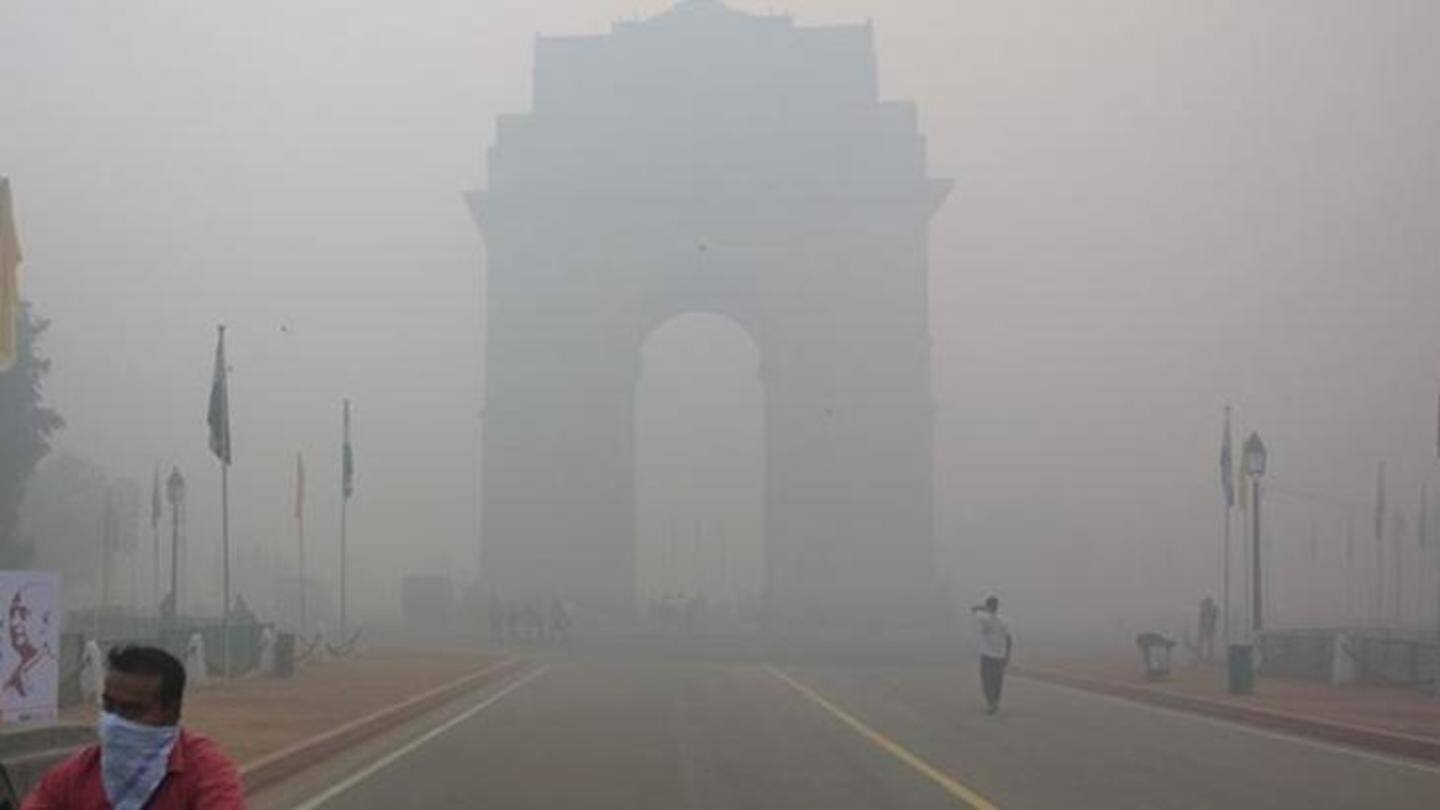
Delhi's pollution 'imported': 74% comes from Oman, Pakistan, Afghanistan
What's the story
If Delhiites hate any season, it's got to be both winter and summer. The air remains thick because of high pollution-level, causing respiratory difficulties. Notably, a recent study has now revealed Delhi isn't solely to be blamed for this, as 64% of PM2.5 (ultrafine pollutant particles) found in city's air during winters come from as far as Pakistan, Afghanistan and Oman. During summers, it is 74%.
Data
Pollutant generation: 13% from abroad, 41% from neighboring cities
The study done by TERI revealed that out of the 64%, 13% of these ultrafine particles, which have 30 times lesser thickness than that of human hair, is 'imported'. During summers, the import-share rises to 33%. Back home, areas outside NCR contribute 17% while NCR towns like Ghaziabad, Gurugram, Noida and Meerut contribute around 24% of such pollutants. Delhi's own generation is at 26%.
Others
External sources' contribution to PM10 particles lesser than PM2.5
When it comes to pollutants, Delhi too gives its share to Noida and Gurugram during winters. The satellite towns receive quite a hefty share from Delhi at 40% (Noida) and 15% (Gurugram). The study also said external sources' contribution to PM10 particles (coarser than PM2.5) is lesser than PM2.5. During summer, it's 28%, while in winters, it's 11% of imported PM10 in Delhi's air.
Study
Even secondary particulates contributed to both PM10, PM2.5 during winters
The TERI study, where Pune-based Automotive Research Association of India too pitched in, was carried out between November 2016 and March 2017. It pointed out not just primary particulates (directly released by wind, combustion processes, or human activities), even secondary particulates (formed from gaseous pollutants like sulfur dioxide, nitrogen oxides, ammonia, and volatile organic compounds) contributed to both PM10 and PM2.5 in winter.
Information
'Pollutant count higher than IIT-study because secondary particulates considered too'
The study wrapped up by saying 30% of Delhi's PM2.5 pollution comes from vehicles, 10% higher than what IIT-Kanpur survey had reported. That's because "in this study we included secondary particulates along with primary contributions," said Sumeet Sharma, earth science and climate change division (TERI).